Building Chatbot on FPT.AI platform
Answer cards
Chatbot’s answers can be designed in different formats (text, image…) and below are the answer cards:
- Text
- Image
- Carousel
- Form
- Go to Step
- Memories
- Quick reply
- Json API
- Request human support
Text Card
The Text Card allow bot builders to design bot answers in text format.
Notice: Text Card allows a maximum of 640 characters for the best display on chat interface.
Image Card
The Image Card allows bot builders to design bot answers in image format, which may or may not be attached with description.
Notice: The advised image size is 400x400px, capacity must be lower than 3MB for best display quality. Descriptions can be 640 characters maximum, and bot builders can add up to 3 buttons under each Image Card.
Carousel
The Carousel Card allow bot builders to design bot answers with multiple images, each can be attached with a description of below 80 characters.
Notice: The advised image size is 400x400px, in good quality, with capacity lower than 3MB.
Bot builders can add up to 10 images per carousel. Each image can be attacked with 3 buttons maximum.
Form Card
The Form Card allows bot builders to design answers that urge end users to provide necessary information. Total amount of variables allowed in a Form Card is unlimited, and depends on the number of existing variables. For more details, see here.
Go to Step
Go to Step allow users to move from one step to another based existing scenarios.
Memories
Memories is used to delete all or some particular variables, or save variables into Memories. More details can be viewed at Review variableconditions > Memories.
Quick Reply
Quick Reply allows bot builders to design bot answers in text format (similar to Text Card), with maximum 640 characters. However, the Quick Reply can be attached with up to 13 buttons, instead of 3 like in Text Card. These buttons will help users to quickly move on to other intents.
Notice: When customers click on buttons in Quick Reply, the button status will no longer be displayed on the interface.
Json API
Json API allows connection with external APIs, using variables in Memory Configuration. More details regarding this can be viewed at Send/Receive information via Json API.
Request human support
Should customers want to discuss more specialized matters that is out of chatbot capacity, they can request connection to customer care staff. These scenarios will require Request human support.
When customers ask for human staff, FPT.AI’s Livesupport system will display a red notification at the Required Support list.
Notice: “Turn off Bot” will disable automatic responses from the Bot.
Answer Card Functions
- Moving cards
Users can drag and move each card to different positions in every step. This function can be used to change the order of answers in bot.
Click and hold on the symbol to drag and drop cards to your desired position.
- Emojis in answers
Bot builders can add emojis to bot answers by:
Step 1: Right click on the entering frame,
Step 2: Choose Add emojis
Step 3: Select the emojis you want
Card support
This function is a mutual add-on function for all answer cards. In particular, when users click on the symbol at the top right of the card, a support menu will appear.
Support: Introductions on how to use the present card type.
Add conditions: These are conditions for the card to work. More details can be found at Review variable conditions.
Copy: Users can copy the contents of this card and create a new card with similar content. The new answer card can be in the same step, or in a different step in the Bot scenario.
Disable card: The card will be disabled in the step, but will not be deleted. When enabled, the card will word as normal. In conversations with customers, the Bot will recognize that the step’s intent was disabled, and will instead respond with a Default answer.
Delete card: The card will be permanently deleted from the step.
